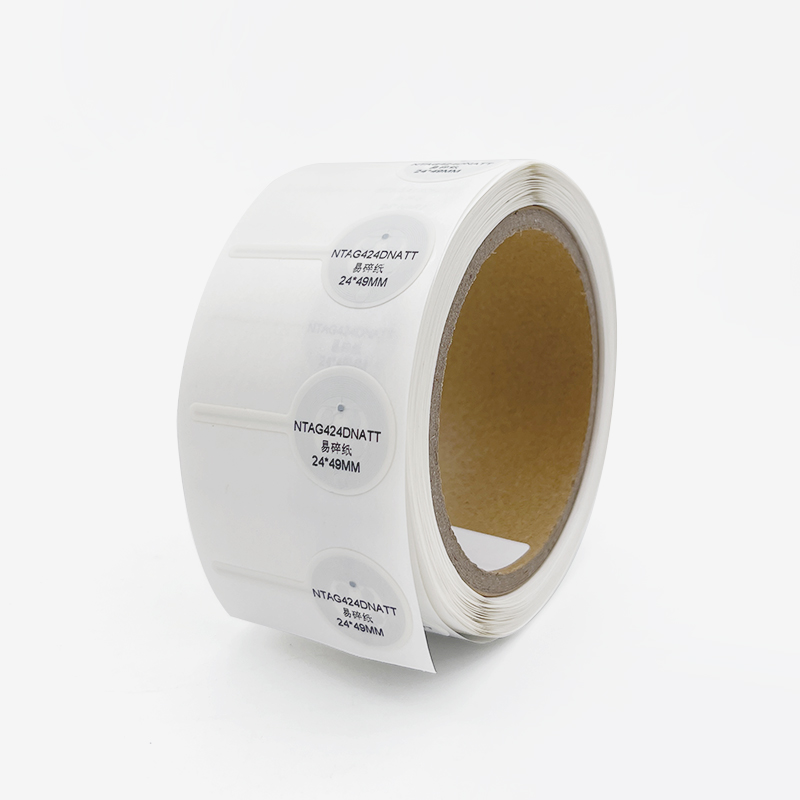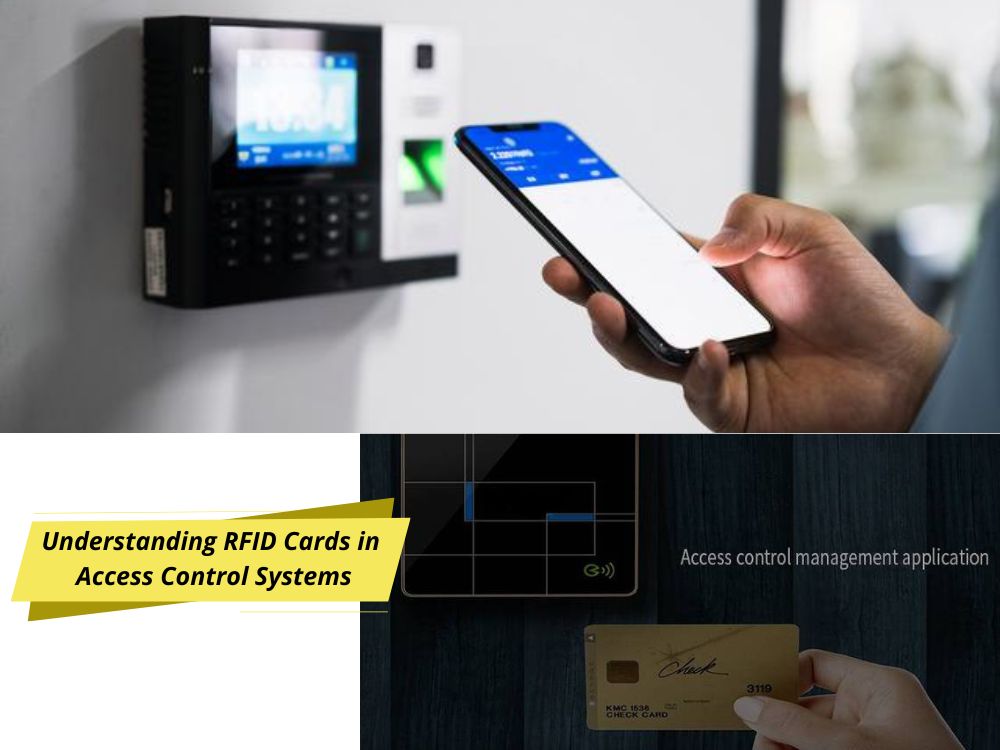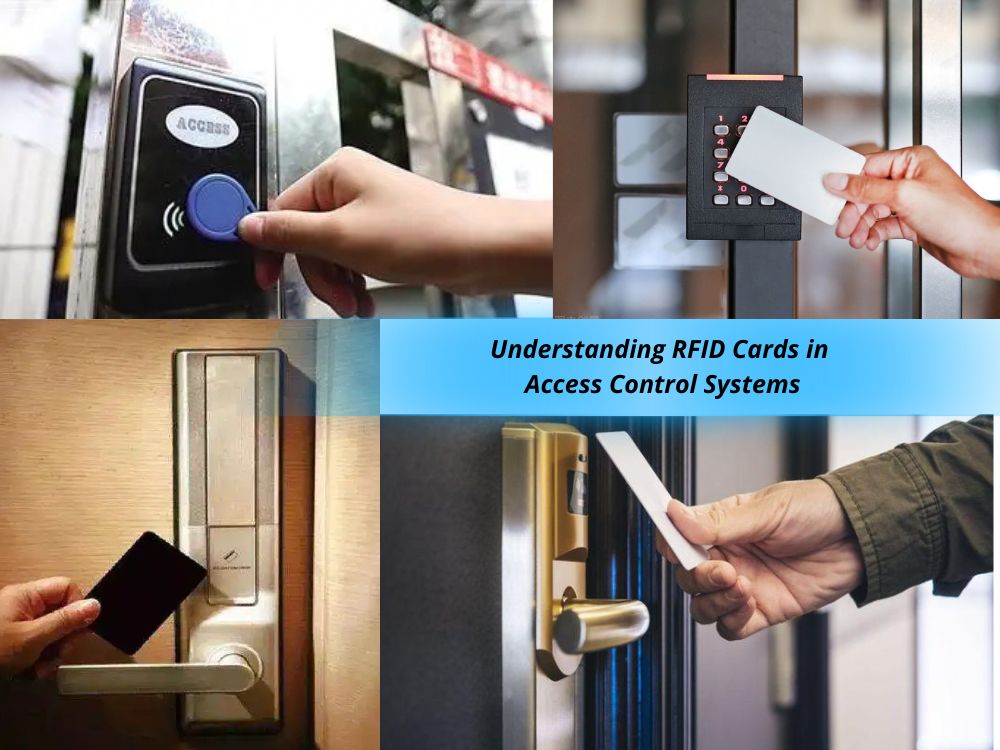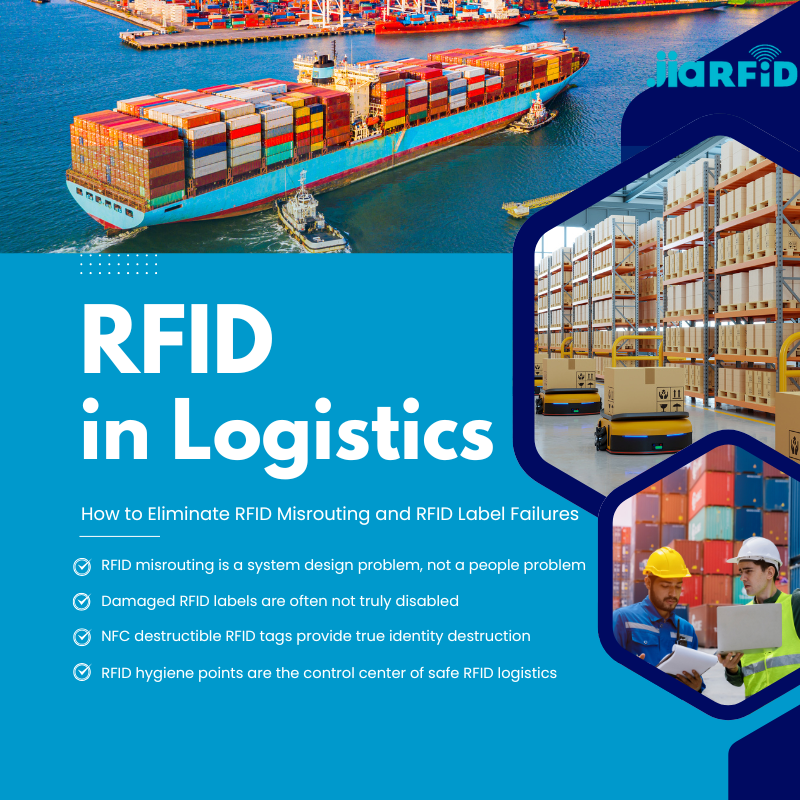
Understanding RFID Cards in Access Control Systems
Table of Contents
Summary
This article explores the underlying technology of RFID cards, detailing their operation across different frequency bands and examining their role in access control.

How RFID Technology Works
RFID cards operate by harnessing electromagnetic fields to communicate with a card reader. The card reader emits an RF energy field, which powers the embedded aerial inside the RFID card. This aerial, typically a looped copper wire, activates the smart chip within the card, which contains critical data such as the card number, facility codes, and user-specific information.
Once powered, the chip transmits the card’s data back to the reader through the RF field. The reader then forwards this information to the access control system, which determines whether the cardholder is authorized to enter the premises.
Frequency Bands in RFID Cards
RFID cards are categorized by the frequency bands they operate on, with each band offering unique characteristics in terms of read range and data transmission capacity. The primary frequency bands utilized in access control systems are low frequency (125 kHz) and medium frequency (13.56 MHz).
Low Frequency RFID Cards (125 kHz)
Low-frequency RFID cards, operating at 125 kHz, are commonly used in access control due to their reliable performance and longer read range, which can extend up to 1 meter under optimal conditions. However, this frequency is limited in its data transmission capabilities, making it suitable for applications where only minimal data, such as card numbers and customer codes, need to be communicated.
Key Characteristics:
- Frequency:125 kHz
- Read Range:Up to 1 meter
- Data Transfer:Limited to basic information
- Applications:Ideal for simple access control systems
Example of Low-Frequency RFID Cards
The HID Proximity Card and SwiftProx Card are prime examples of low-frequency RFID cards. These cards are widely utilized in access control applications due to their simplicity and effectiveness in transmitting basic identification data.
Medium Frequency RFID Cards (13.56 MHz)
Medium-frequency RFID cards, operating at 13.56 MHz, are increasingly popular due to their enhanced data transfer capabilities. Although they have a shorter read range of around 30 centimeters, these cards support higher data transmission, making them versatile for various applications, including access control and Near Field Communication (NFC).
Key Characteristics:
- Frequency:56 MHz
- Read Range:Up to 30 cm
- Data Transfer:Higher capacity for transmitting detailed information
- Applications:Suitable for more complex access control systems, NFC, and other data-intensive functions

Comparison of RFID Frequencies
Frequency | Read Range | Data Transfer Capacity | Primary Applications |
Low Frequency (125 kHz) | Up to 1 meter | Limited | Basic access control |
Medium Frequency (13.56 MHz) | Up to 30 centimeters | Enhanced | Advanced access control, NFC, data-rich applications |
Conclusion
RFID cards, operating at various frequencies, provide robust solutions for access control systems. Low-frequency cards are well-suited for straightforward access control applications, offering reliable performance with minimal data requirements. Medium-frequency cards, with their greater data transfer capabilities, expand the potential applications to include more complex access control systems and NFC functions. Understanding the differences between these frequency bands is essential for selecting the appropriate RFID technology for your specific needs.
Comments
Hot Products

RFID in Logistics: How to Eliminate RFID Misrouting and RFID Label Failures
RFID in logistics is more than just a tool to speed up processes. It has become a key part of how modern supply chains operate.

What Is RFID Waste Management
Imagine a city where every trash bin speaks — not literally — but through a tiny chip that tells the system when it’s full, when it’s emptied, and where it went. That’s what RFID waste management is doing today.

What are Bolt Seals and their Applications? | Complete Guide
In global trade and logistics, bolt seals play a crucial role in ensuring cargo security and compliance. These small but powerful devices are designed to lock shipping containers, trailers, and cargo doors with a tamper-evident mechanism.

What is an RFID Card Protector? Benefits, Use Cases, and Buying Guide
RFID technology (Radio Frequency Identification) is everywhere: in your credit cards, ID badges, transit passes, hotel room keys, and more. It offers speed and convenience, but it also opens the door to a new kind of digital theft called “skimming.” That’s where an RFID card protector comes in.

RFID Wristbands for Events: Bulk Buying Guide for Organizers
RFID wristbands for events are becoming the go-to solution for organizers who need faster entry, fraud prevention, and cashless payments at concerts, festivals, and sports venues. Unlike paper tickets or QR codes, these smart wristbands use embedded chips to streamline access, secure transactions, and improve the guest experience.

How RFID Tag on Windscreen Improves Vehicle Access Control and Toll Systems
In today’s fast-paced world, vehicle identification needs to be quick, secure, and contactless. An RFID Tag on the Windscreen provides exactly that — a reliable way to manage toll collection, parking, and gated access without stopping vehicles.
Tags
RELATED BLOGS

RFID in Logistics: How to Eliminate RFID Misrouting and RFID Label Failures
RFID in logistics is more than just a tool to speed up processes. It has become a key part of how modern supply chains operate.

What Is RFID Waste Management
Imagine a city where every trash bin speaks — not literally — but through a tiny chip that tells the system when it’s full, when it’s emptied, and where it went. That’s what RFID waste management is doing today.

What are Bolt Seals and their Applications? | Complete Guide
In global trade and logistics, bolt seals play a crucial role in ensuring cargo security and compliance. These small but powerful devices are designed to lock shipping containers, trailers, and cargo doors with a tamper-evident mechanism.




